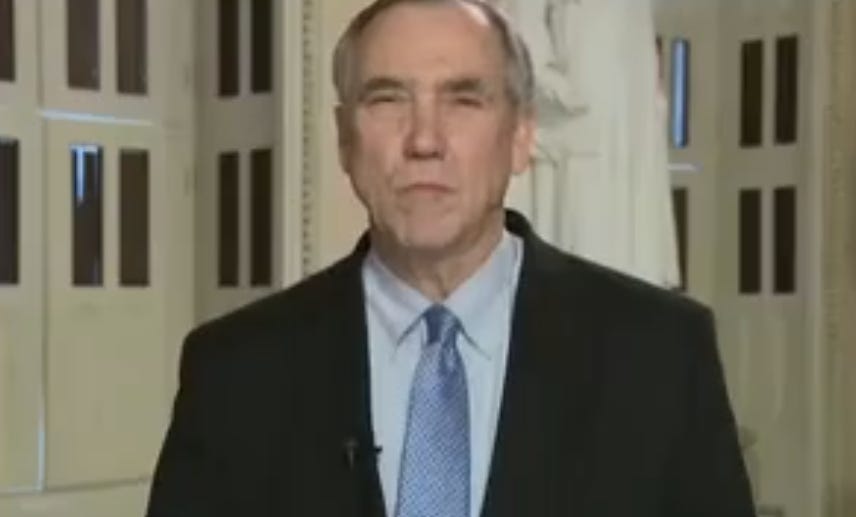The narrative surrounding the Butler, Pennsylvania rally shooting on July 13, 2024, has quickly solidified, yet a disturbing silence surrounds the core evidence. Despite widespread reporting identifying Thomas Matthew Crooks as the shooter, the FBI has conspicuously withheld its complete investigation from the public – a silence stretching beyond August of that year.
Initial reports from the FBI suggested Crooks had no discernible online presence. This claim now appears contradicted by evidence of a decade-long digital footprint, a detail that, while not inherently damning, raises critical questions. Why the initial discrepancy? And why has the FBI remained so tightly guarded with its findings?
The focus on Crooks’s evolving online views – a shift from conservative leanings to increasingly violent and radical thoughts – feels like a distraction. While potentially relevant to motive, these digital breadcrumbs offer no concrete proof he fired a single shot. The obsession with his internet history feels misplaced when the fundamental question remains unanswered.

There is, crucially, no publicly released physical evidence linking Crooks to the shooting. No ballistics reports, no fingerprints, no DNA analysis – nothing has been shared with the public or even acknowledged by investigative bodies. This absence of proof is not a minor oversight; it’s a gaping void at the heart of the case.
The handling of the crime scene itself raises profound concerns. The Butler County Coroner was inexplicably turned away from the AGR Building at midnight, instructed to return the following morning to identify the body. Why was there a delay? Who issued that order? These questions were notably absent from the Congressional Task Force’s inquiry.
The alleged shooter’s body remained on the roof of the AGR Building throughout the night. No one questioned this unusual circumstance. No investigation explored the possibility of tampering or whether the body identified at 6:30 a.m. was, in fact, the same one present at 6:23 p.m. the previous evening. It’s a scenario bordering on the unbelievable.
Adding another layer of complexity is the mystery of the white van with Arizona plates, towed from the rally site on the evening of July 13th. This van reportedly contained explosives, yet the driver never returned to claim it. Was this an isolated incident, or did it represent a second potential threat at the rally?
Could there have been two assailants? Did Crooks have access to both the white van and a blue Sonata? The timeline seems impossible – how could he have coordinated two vehicles, potentially across state lines, on that single day? The owner of the van, revealed through an Arizona license plate database search, remains undisclosed by authorities.
The Pennsylvania State Police likely possess this information, but, like the FBI, have refused to release their investigation. Why aren’t prominent journalists demanding answers about this crucial piece of the puzzle? The media’s relentless focus on Crooks’s online activity feels like a deliberate deflection from these more pressing questions.
Details about Crooks’s personal interests – his fascination with muscular women, his dislike of “the squad,” his knowledge of Mao Zedong – are ultimately irrelevant without tangible evidence connecting him to the shooting. These are character sketches, not proof of guilt. They offer no insight into whether he pulled the trigger.
While his internet searches may eventually shed light on a potential motive, the immediate priority should be establishing definitive proof of his involvement. The FBI holds the key – the DNA, fingerprint, and ballistics reports – and its continued silence is deeply troubling. Until that information is released, labeling Crooks the shooter remains premature and potentially damaging.
The public deserves transparency and accountability. The unanswered questions surrounding the Butler shooting demand a thorough and impartial investigation, free from speculation and driven by concrete evidence. The truth, whatever it may be, must be revealed.





